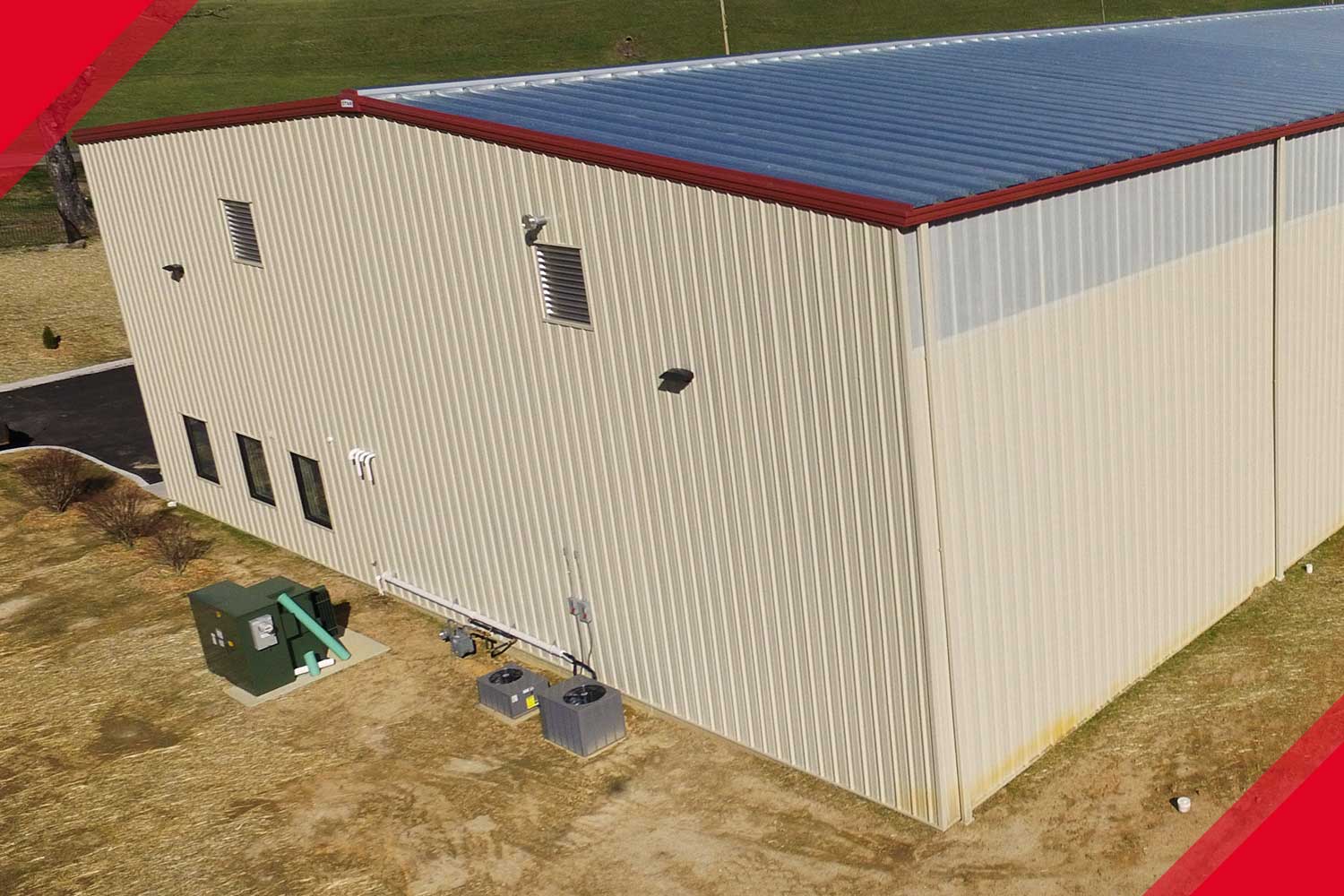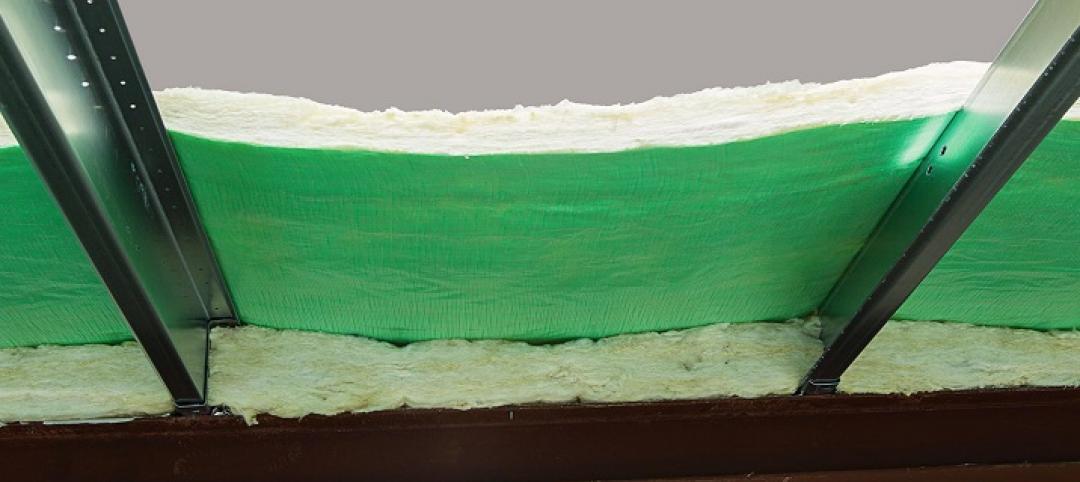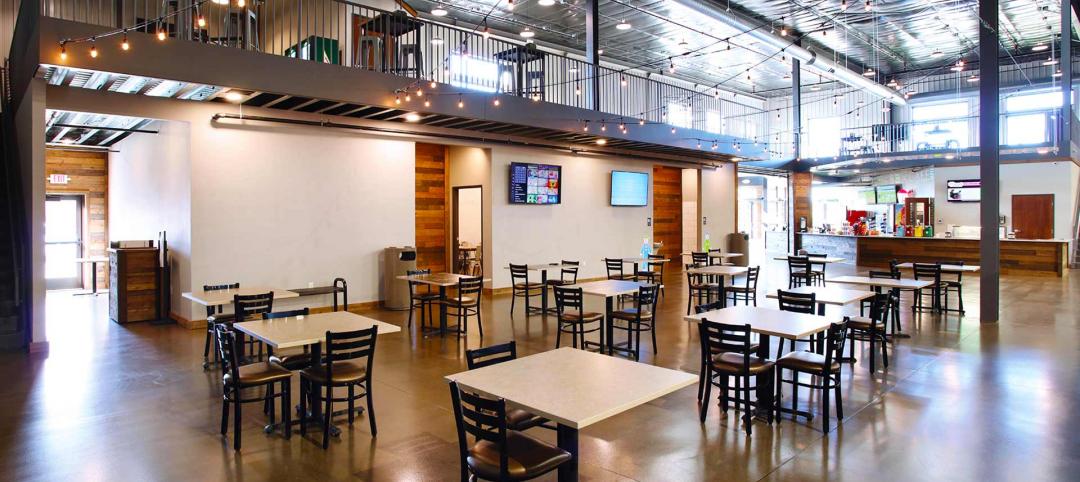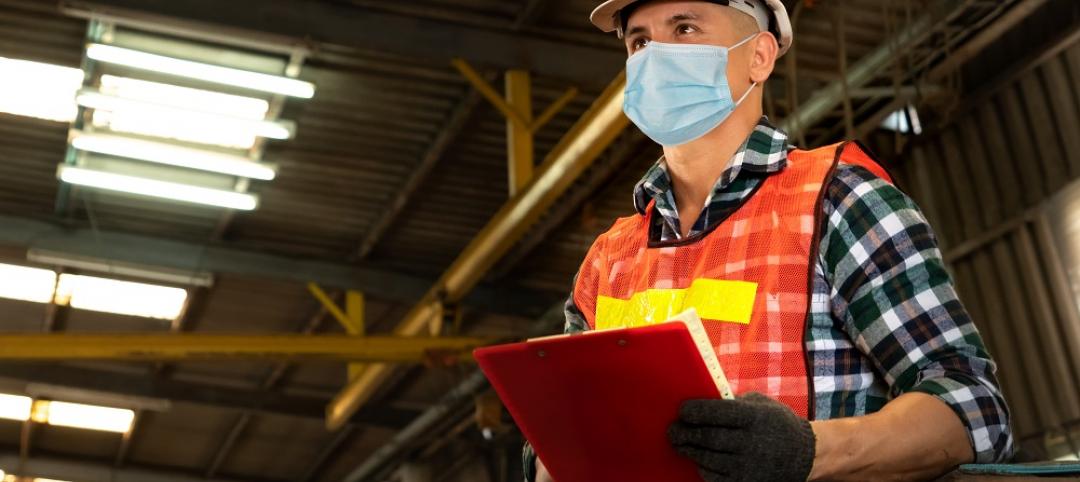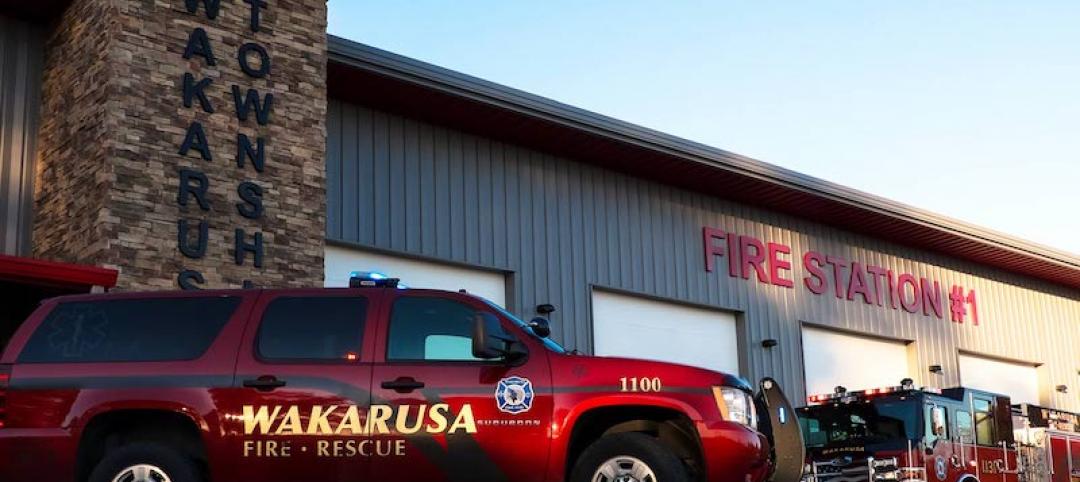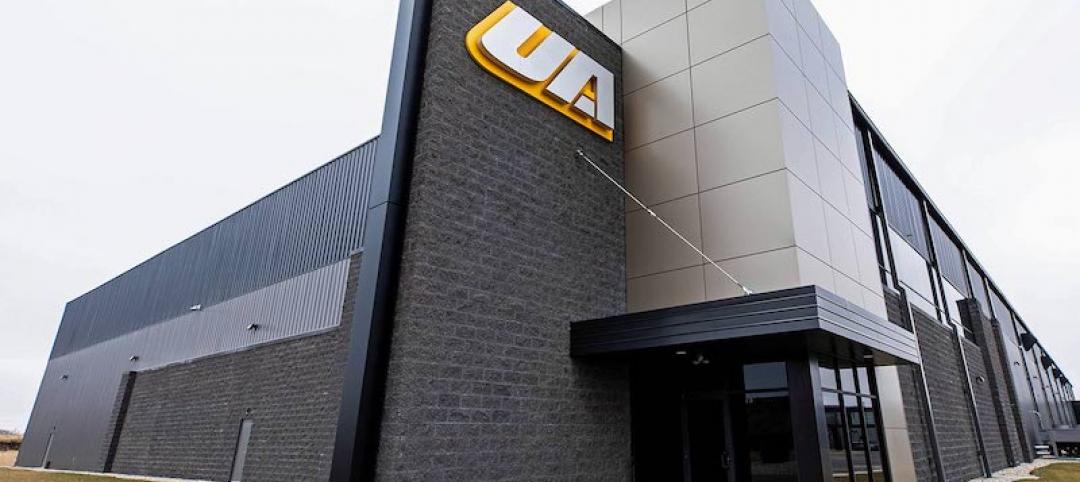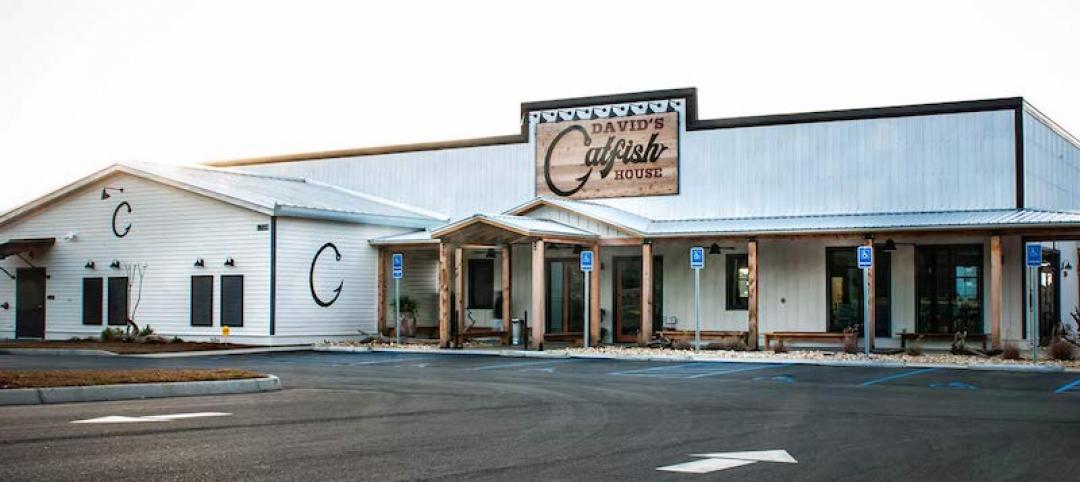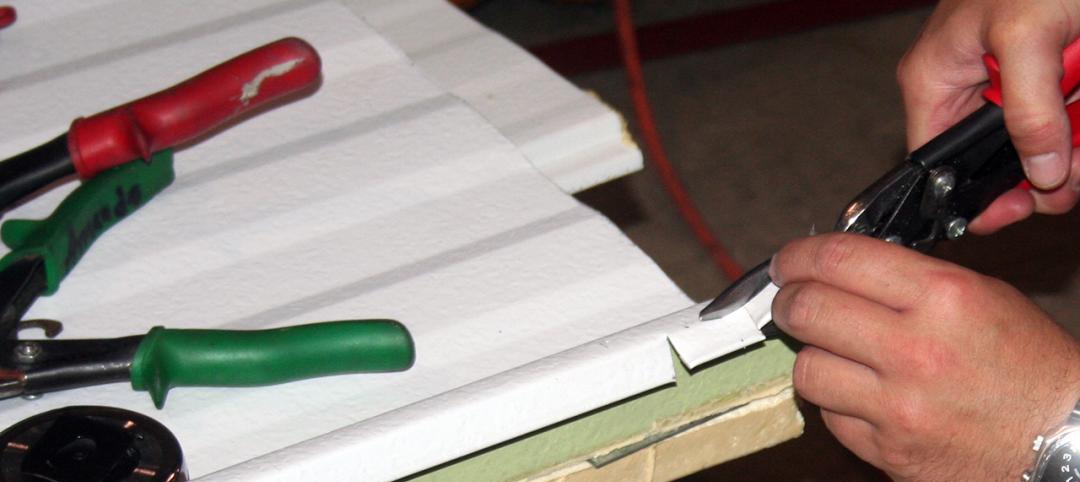When planning a new building, one of the first decisions made is size. Assuming the land is available, most owners will ask themselves how much space do I really need? But, perhaps the right question is, how much space do I need now, and how much will I need in the future?
Metal building systems are often selected for large-sized structures, and with good reason. The framing design makes clear-span widths up to about 200 feet more cost-effective. Length can be virtually infinite because frames can be repeated as many times as there is space available on the site. A barn might need only five bays, but a strip mall or a factory with a long assembly line might need 100. There is no inherent limit to the number of bays that can be built.
If you’re planning a building, and think that your future needs may be larger than your current ones, it’s wise to site the structure so that it can be extended later, leaving available land in the direction where you would want to expand.
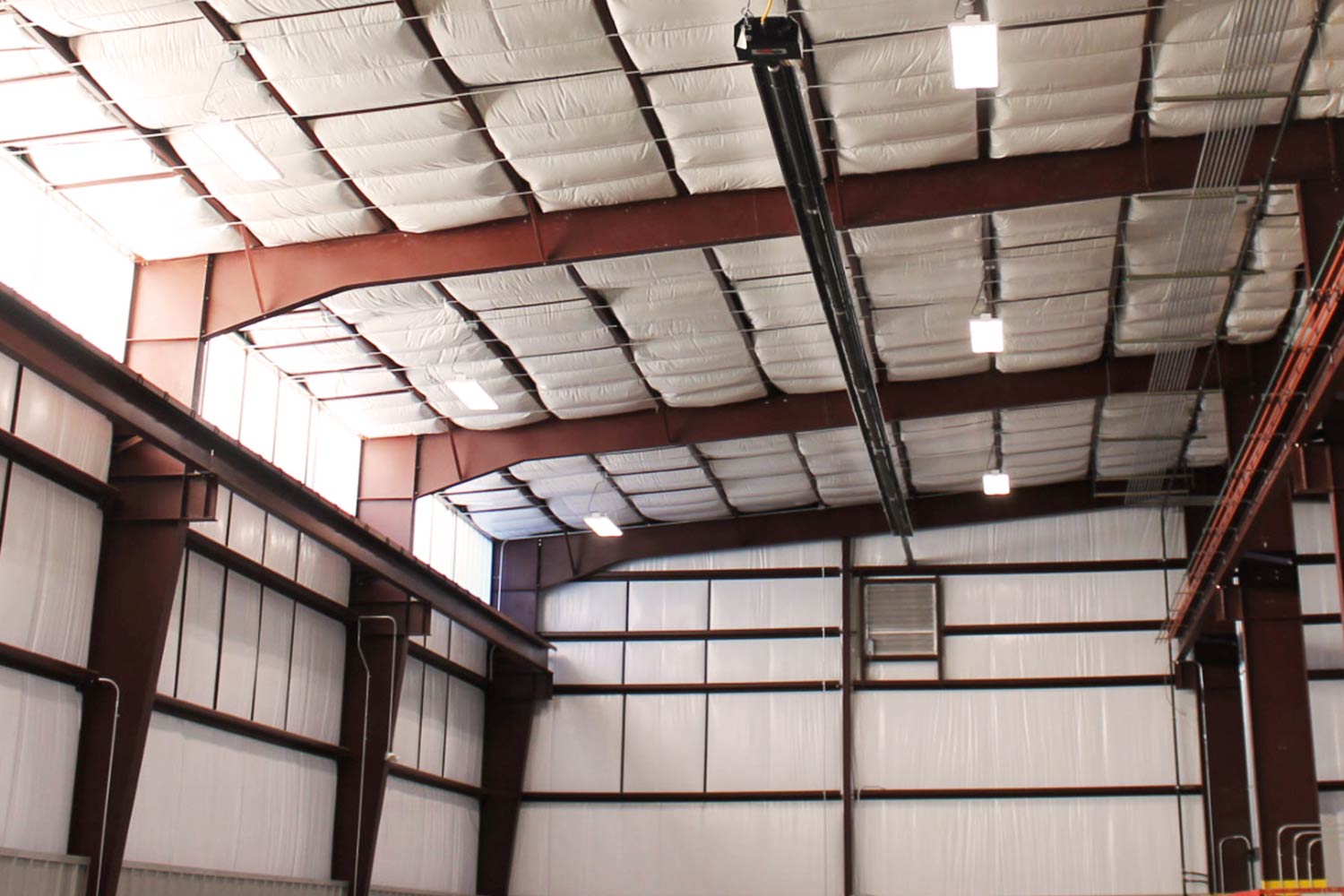
There are actually three good ways to extend a metal building system after initial construction. The best way is to plan expansion into the initial design in terms of the engineering of the load-bearing frames. A bay is defined by two frames. Each frame supports half the load of the roof of that bay. Since there are adjacent bays too, each frame is designed to be strong enough to support the roof on both sides: half of Bay A and half of Bay B, etc. The frame at the end of the structure, however, only has to support roof weight from one side. To reduce steel and save money, end frames are usually made lighter, since they support less load.
However, if future expansion is a possibility, the end frames can be constructed to bear a full bay load. Then, when it’s time to expand, that end frame is ready to become a middle frame, with roof load on both sides. All that has to be done is to remove the end wall and erect additional frames. A good builder would be wise to point out this option to any prospective client. (Note: If the Building Code has changed since the original building was built, the expandable end frame could possibly require modification.)
Even if the expansion option is not built into the design, and the usual lighter-duty end-frames are used in initial construction, the building can still be expanded later, but it will cost you a little more.
One way is to replace the end-frames with full-load frames. It would require removing parts of the wall, roof panels, and secondary steel that are attached to the existing frame. Theoretically, the rest of the structure can be preserved and remain.
Another option is to remove the end wall and beef up the existing end-frame with additional steel. This requires less disturbance of the existing structure, but it may not be as efficient. The cost difference between the two retrofit options would have to be determined on a case-by-case basis.
If future expansion is a real possibility, the best choice is to build the option into the initial design. The building will cost slightly more, but it will save time and money on the later extension. If you have the land, and the ambition, it’s worth considering.

For more information on Star Building Systems, visit www.starbuildings.com.
More from Author
Star Building Systems | Oct 13, 2020
Wakarusa Township fire station meets innovation
Kuehler worked in partnership with Lawrence, Kansas-based architectural firm Hernly Associates and together, they created a vision for the new, nearly 14,500-square-foot station.
Star Building Systems | Sep 22, 2020
Applying conventional construction to custom metal buildings
Star Building Systems eliminates a lot of the complexity and allows us to make enhancements with other components to add interest.
Star Building Systems | Sep 10, 2020
David's Catfish House
The building features a wrap-around wood-framed porch, that historically, has the look and feel of what people would consider a catfish house is supposed to look like.
Star Building Systems | Sep 2, 2020
A new look at value engineering
Allowing your expert material supplier to direct you as to how to get as close to that optimal price point as possible is value engineering—emphasis on “value.”

